
How to get yesterday's date in JavaScript
October 30, 2023
Working with dates in JavaScript is a common yet intricate task. Retrieving yesterday's date may seem simple at first glance, but requires attention to details like time zones and daylight saving time. Here's a detailed guide to doing it right.
Understanding the Date object
The Date object in JavaScript is a cornerstone for managing dates and times. It allows for the creation, manipulation, and formatting of dates. To instantiate a Date object representing now:
let currentDate = new Date();
Subtracting a day reliably
To get yesterday's date, you can subtract one day from today’s date. This involves understanding how dates change over time and across different locales.
Using setDate
The setDate method is the most reliable approach for subtracting days. It automatically adjusts the month and year if the calculation spans over those periods:
let currentDate = new Date(); currentDate.setDate(currentDate.getDate() - 1); let yesterday = currentDate;
Accounting for time zones
If you need a time zone-neutral representation, use UTC methods to ensure consistency across all user locales:
let currentDate = new Date(); let yesterday = new Date(Date.UTC( currentDate.getUTCFullYear(), currentDate.getUTCMonth(), currentDate.getUTCDate() - 1 ));
Formatting the date
Once you have yesterday's date, you might want to display it in a user-friendly way. JavaScript offers several options for this.
Using toLocaleDateString
The toLocaleDateString method can represent the date in a readable string format appropriate for a specified locale:
let yesterday = new Date(new Date().setDate(new Date().getDate() - 1)); let dateString = yesterday.toLocaleDateString('en-US'); // MM/DD/YYYY in US English
Custom formatting
Alternatively, you can construct a custom formatted string:
let yesterday = new Date(new Date().setDate(new Date().getDate() - 1)); let formattedDate = yesterday.getFullYear() + '-' + (yesterday.getMonth() + 1) + '-' + yesterday.getDate();
You could ship faster.
Imagine the time you'd save if you never had to build another internal tool, write a SQL report, or manage another admin panel again. Basedash is built by internal tool builders, for internal tool builders. Our mission is to change the way developers work, so you can focus on building your product.
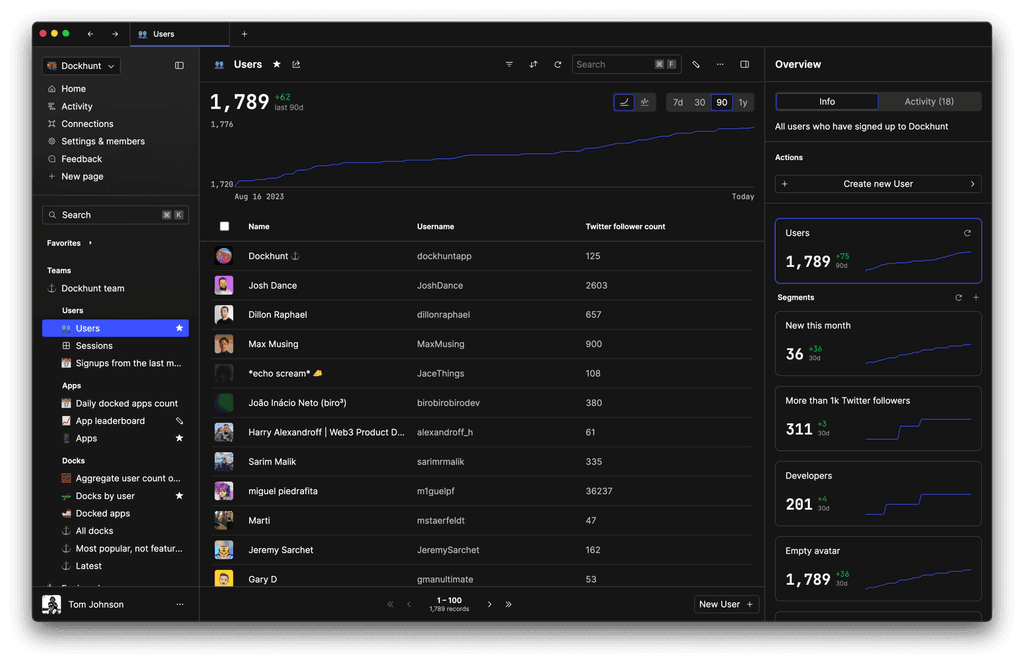
Handling locales and options
When internationalization is a concern, toLocaleDateString can be used with options to provide more control over the output:
let options = { year: 'numeric', month: 'long', day: 'numeric' }; let dateString = yesterday.toLocaleDateString('en-US', options);
Edge cases and testing
When dealing with dates, you must consider edge cases such as year transitions and daylight saving time changes. Always test your date calculations in various scenarios to ensure robustness.
Performance considerations
Date computations, especially in critical application paths, should be optimized. Reuse calculated dates where possible and benchmark date operations if they are a performance concern.
Best practices in date manipulation
For serious date handling, especially in production environments, adhere to these best practices:
- Prefer UTC for server-side operations and storage.
- Consider libraries like Moment.js or date-fns for complex scenarios.
- Profile and optimize date operations if they become a bottleneck.
TOC
October 30, 2023
Working with dates in JavaScript is a common yet intricate task. Retrieving yesterday's date may seem simple at first glance, but requires attention to details like time zones and daylight saving time. Here's a detailed guide to doing it right.
Understanding the Date object
The Date object in JavaScript is a cornerstone for managing dates and times. It allows for the creation, manipulation, and formatting of dates. To instantiate a Date object representing now:
let currentDate = new Date();
Subtracting a day reliably
To get yesterday's date, you can subtract one day from today’s date. This involves understanding how dates change over time and across different locales.
Using setDate
The setDate method is the most reliable approach for subtracting days. It automatically adjusts the month and year if the calculation spans over those periods:
let currentDate = new Date(); currentDate.setDate(currentDate.getDate() - 1); let yesterday = currentDate;
Accounting for time zones
If you need a time zone-neutral representation, use UTC methods to ensure consistency across all user locales:
let currentDate = new Date(); let yesterday = new Date(Date.UTC( currentDate.getUTCFullYear(), currentDate.getUTCMonth(), currentDate.getUTCDate() - 1 ));
Formatting the date
Once you have yesterday's date, you might want to display it in a user-friendly way. JavaScript offers several options for this.
Using toLocaleDateString
The toLocaleDateString method can represent the date in a readable string format appropriate for a specified locale:
let yesterday = new Date(new Date().setDate(new Date().getDate() - 1)); let dateString = yesterday.toLocaleDateString('en-US'); // MM/DD/YYYY in US English
Custom formatting
Alternatively, you can construct a custom formatted string:
let yesterday = new Date(new Date().setDate(new Date().getDate() - 1)); let formattedDate = yesterday.getFullYear() + '-' + (yesterday.getMonth() + 1) + '-' + yesterday.getDate();
You could ship faster.
Imagine the time you'd save if you never had to build another internal tool, write a SQL report, or manage another admin panel again. Basedash is built by internal tool builders, for internal tool builders. Our mission is to change the way developers work, so you can focus on building your product.

Handling locales and options
When internationalization is a concern, toLocaleDateString can be used with options to provide more control over the output:
let options = { year: 'numeric', month: 'long', day: 'numeric' }; let dateString = yesterday.toLocaleDateString('en-US', options);
Edge cases and testing
When dealing with dates, you must consider edge cases such as year transitions and daylight saving time changes. Always test your date calculations in various scenarios to ensure robustness.
Performance considerations
Date computations, especially in critical application paths, should be optimized. Reuse calculated dates where possible and benchmark date operations if they are a performance concern.
Best practices in date manipulation
For serious date handling, especially in production environments, adhere to these best practices:
- Prefer UTC for server-side operations and storage.
- Consider libraries like Moment.js or date-fns for complex scenarios.
- Profile and optimize date operations if they become a bottleneck.
October 30, 2023
Working with dates in JavaScript is a common yet intricate task. Retrieving yesterday's date may seem simple at first glance, but requires attention to details like time zones and daylight saving time. Here's a detailed guide to doing it right.
Understanding the Date object
The Date object in JavaScript is a cornerstone for managing dates and times. It allows for the creation, manipulation, and formatting of dates. To instantiate a Date object representing now:
let currentDate = new Date();
Subtracting a day reliably
To get yesterday's date, you can subtract one day from today’s date. This involves understanding how dates change over time and across different locales.
Using setDate
The setDate method is the most reliable approach for subtracting days. It automatically adjusts the month and year if the calculation spans over those periods:
let currentDate = new Date(); currentDate.setDate(currentDate.getDate() - 1); let yesterday = currentDate;
Accounting for time zones
If you need a time zone-neutral representation, use UTC methods to ensure consistency across all user locales:
let currentDate = new Date(); let yesterday = new Date(Date.UTC( currentDate.getUTCFullYear(), currentDate.getUTCMonth(), currentDate.getUTCDate() - 1 ));
Formatting the date
Once you have yesterday's date, you might want to display it in a user-friendly way. JavaScript offers several options for this.
Using toLocaleDateString
The toLocaleDateString method can represent the date in a readable string format appropriate for a specified locale:
let yesterday = new Date(new Date().setDate(new Date().getDate() - 1)); let dateString = yesterday.toLocaleDateString('en-US'); // MM/DD/YYYY in US English
Custom formatting
Alternatively, you can construct a custom formatted string:
let yesterday = new Date(new Date().setDate(new Date().getDate() - 1)); let formattedDate = yesterday.getFullYear() + '-' + (yesterday.getMonth() + 1) + '-' + yesterday.getDate();
You could ship faster.
Imagine the time you'd save if you never had to build another internal tool, write a SQL report, or manage another admin panel again. Basedash is built by internal tool builders, for internal tool builders. Our mission is to change the way developers work, so you can focus on building your product.

Handling locales and options
When internationalization is a concern, toLocaleDateString can be used with options to provide more control over the output:
let options = { year: 'numeric', month: 'long', day: 'numeric' }; let dateString = yesterday.toLocaleDateString('en-US', options);
Edge cases and testing
When dealing with dates, you must consider edge cases such as year transitions and daylight saving time changes. Always test your date calculations in various scenarios to ensure robustness.
Performance considerations
Date computations, especially in critical application paths, should be optimized. Reuse calculated dates where possible and benchmark date operations if they are a performance concern.
Best practices in date manipulation
For serious date handling, especially in production environments, adhere to these best practices:
- Prefer UTC for server-side operations and storage.
- Consider libraries like Moment.js or date-fns for complex scenarios.
- Profile and optimize date operations if they become a bottleneck.
What is Basedash?
What is Basedash?
What is Basedash?
Ship faster, worry less with Basedash
Ship faster, worry less with Basedash
Ship faster, worry less with Basedash
You're busy enough with product work to be weighed down building, maintaining, scoping and developing internal apps and admin panels. Forget all of that, and give your team the admin panel that you don't have to build. Launch in less time than it takes to run a standup.
You're busy enough with product work to be weighed down building, maintaining, scoping and developing internal apps and admin panels. Forget all of that, and give your team the admin panel that you don't have to build. Launch in less time than it takes to run a standup.
You're busy enough with product work to be weighed down building, maintaining, scoping and developing internal apps and admin panels. Forget all of that, and give your team the admin panel that you don't have to build. Launch in less time than it takes to run a standup.
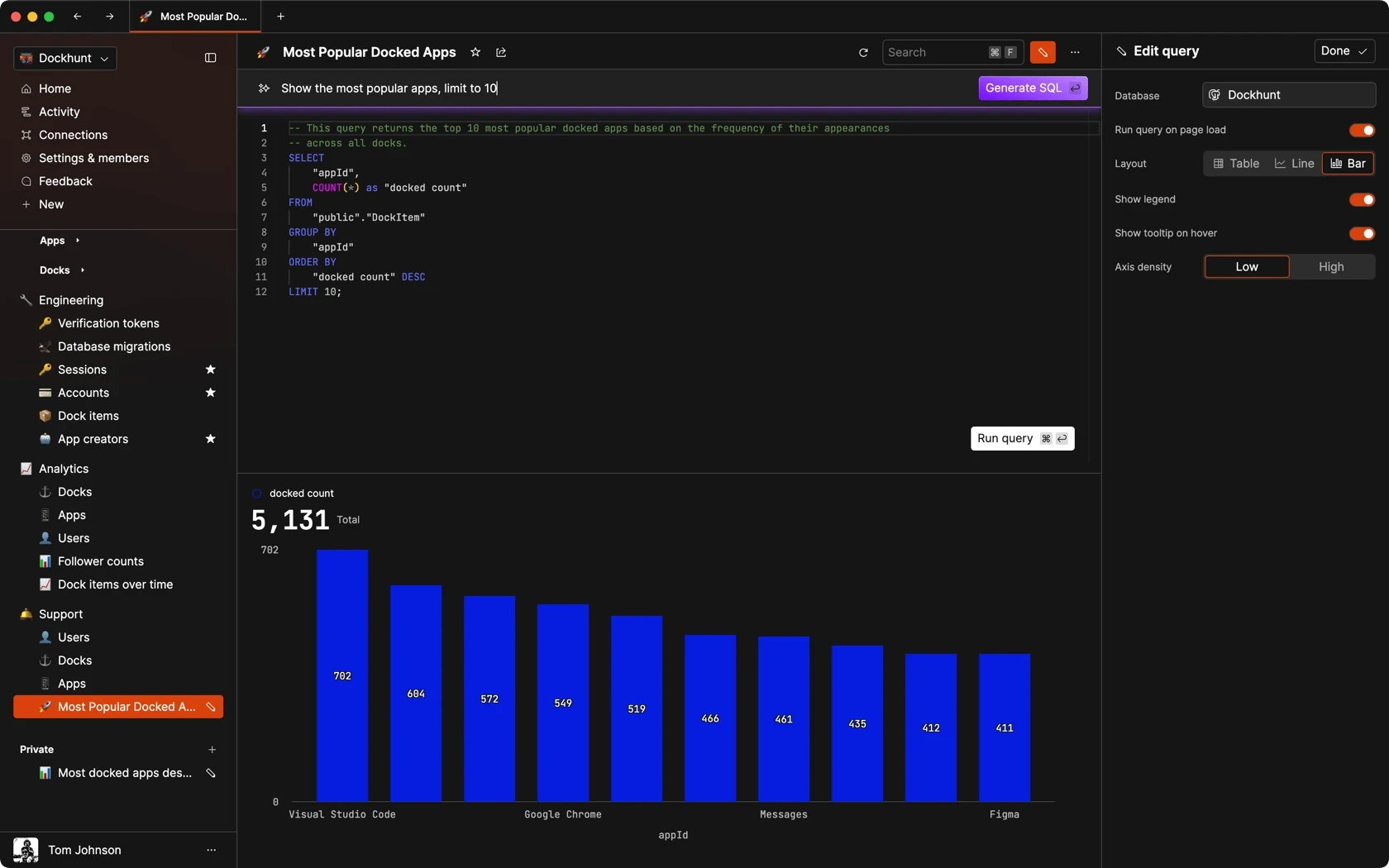
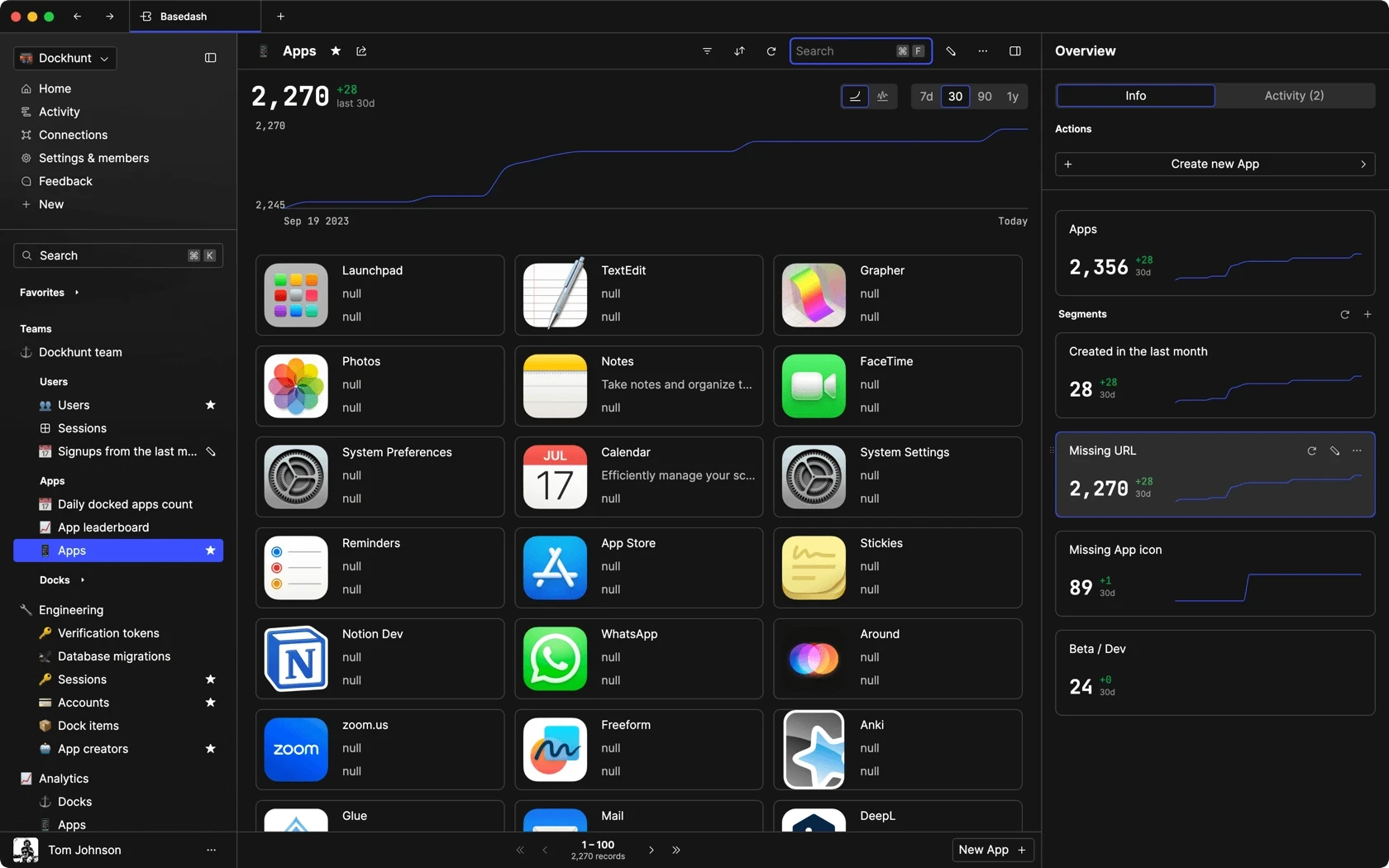
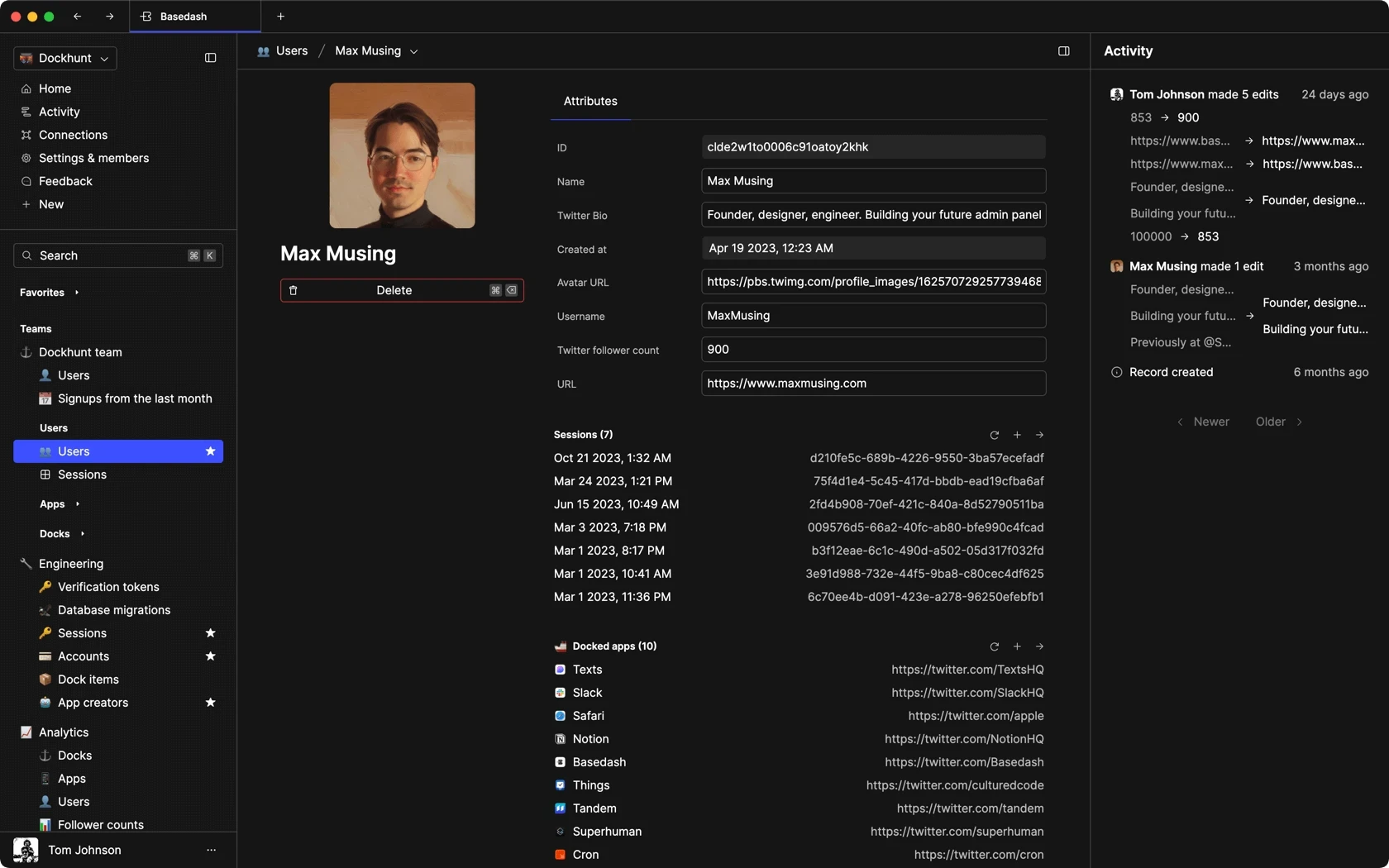
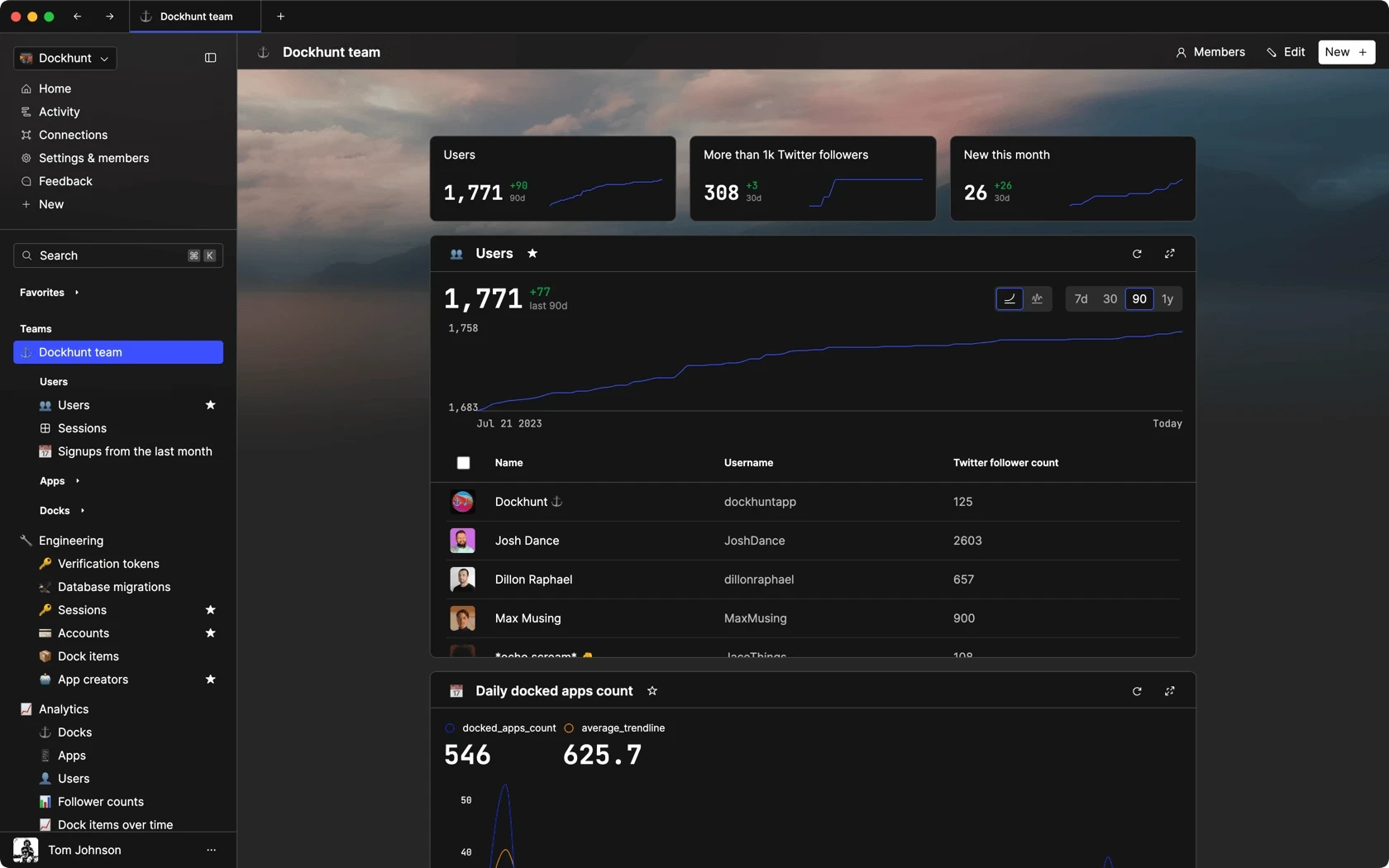
Dashboards and charts
Edit data, create records, oversee how your product is running without the need to build or manage custom software.
USER CRM
ADMIN PANEL
SQL COMPOSER WITH AI
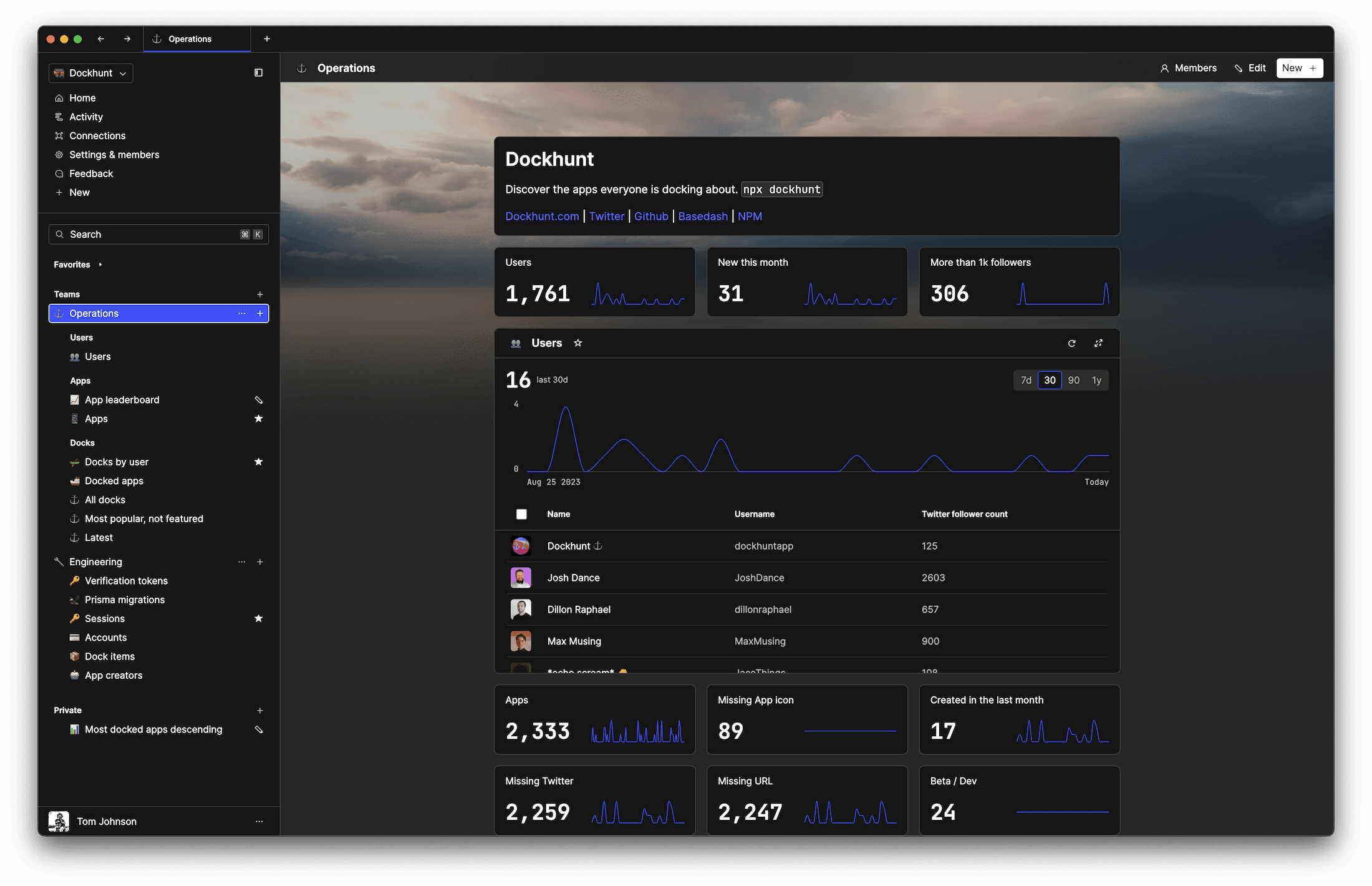
Related posts
Related posts
Related posts



How to Remove Characters from a String in JavaScript
Jeremy Sarchet



How to Sort Strings in JavaScript
Max Musing



How to Remove Spaces from a String in JavaScript
Jeremy Sarchet



Detecting Prime Numbers in JavaScript
Robert Cooper



How to Parse Boolean Values in JavaScript
Max Musing
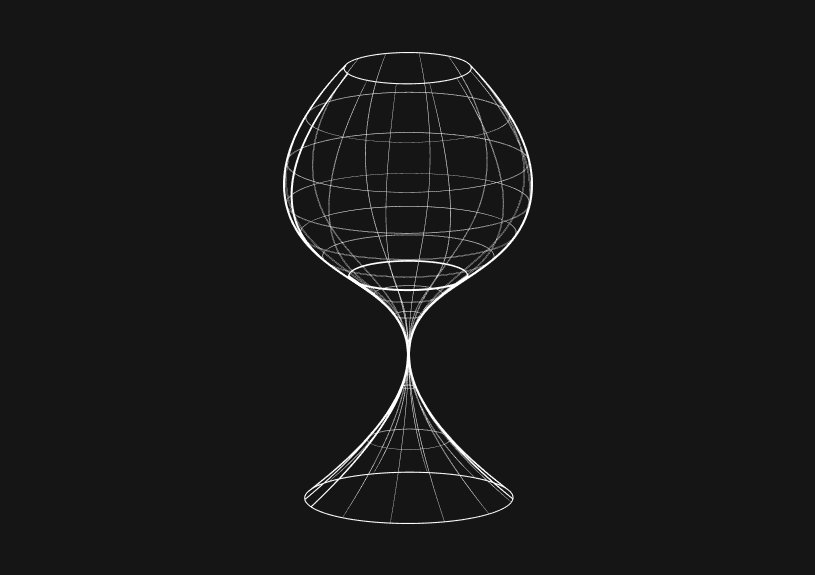


How to Remove a Substring from a String in JavaScript
Robert Cooper
